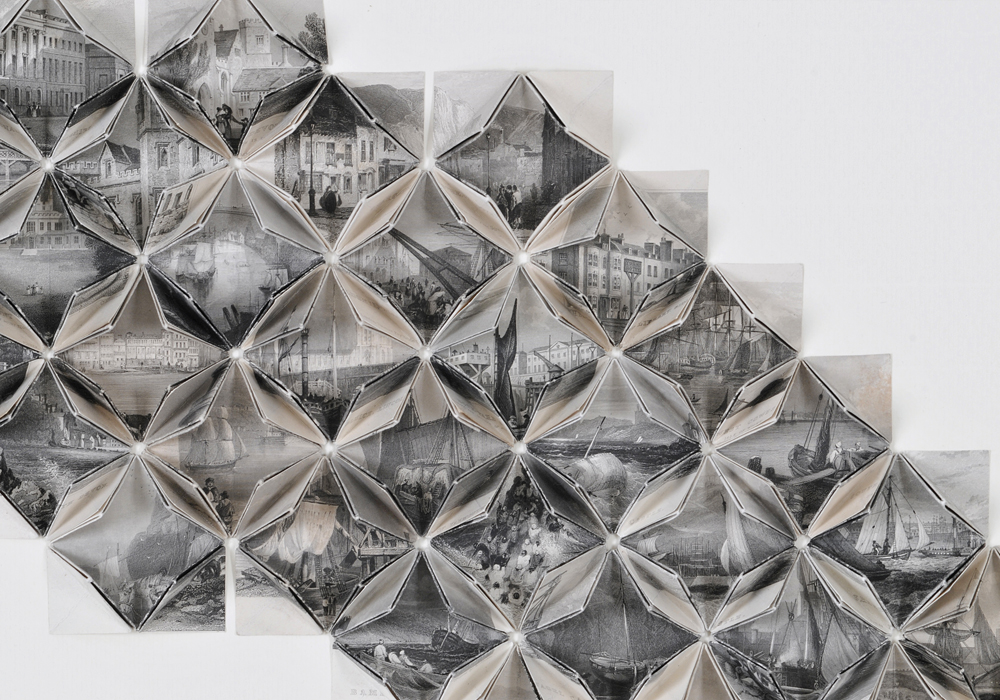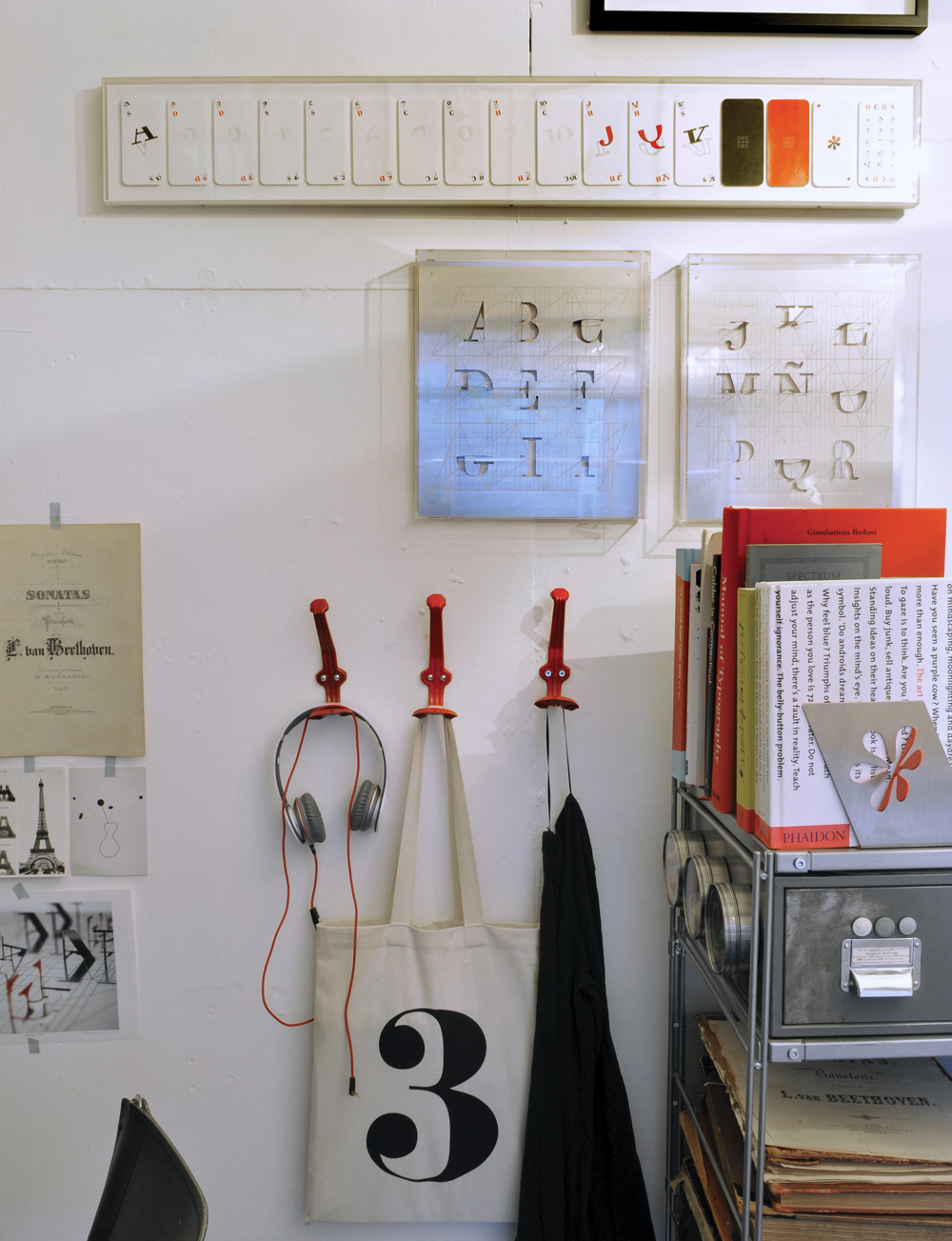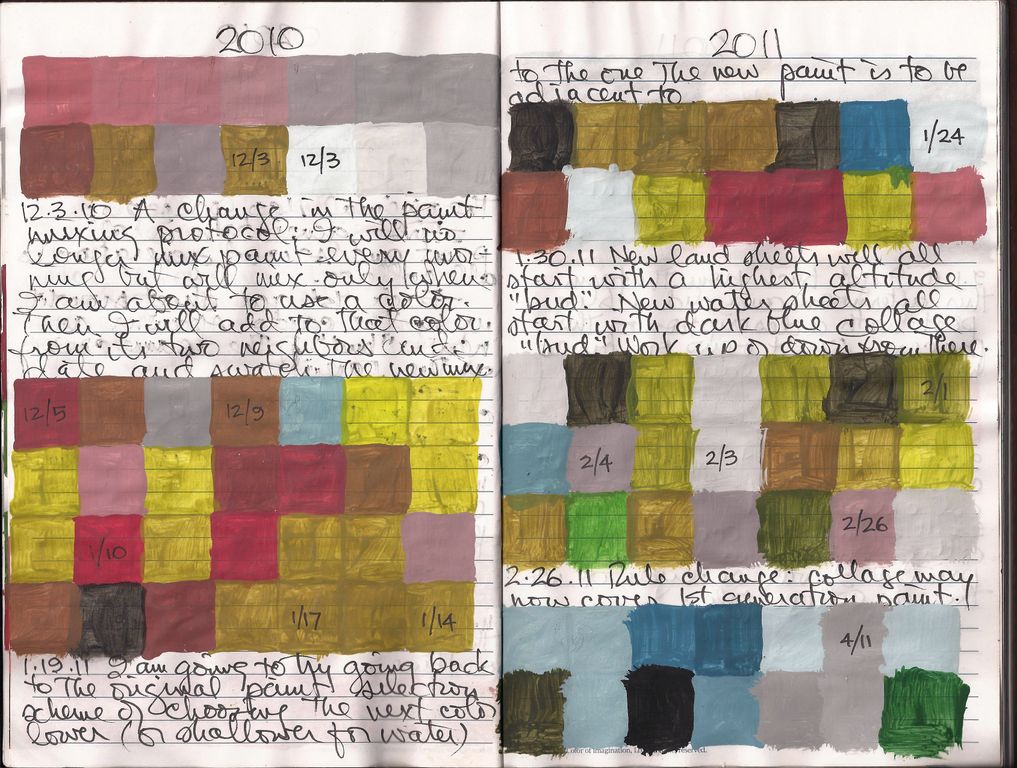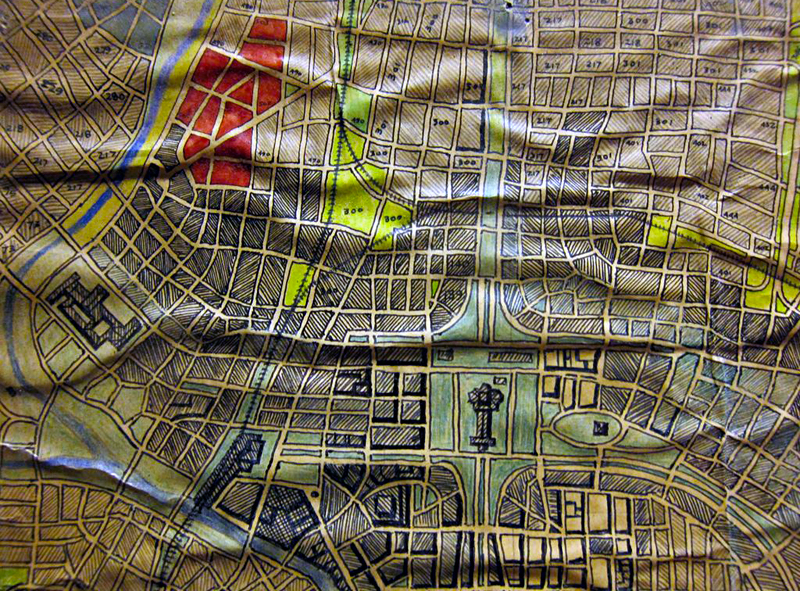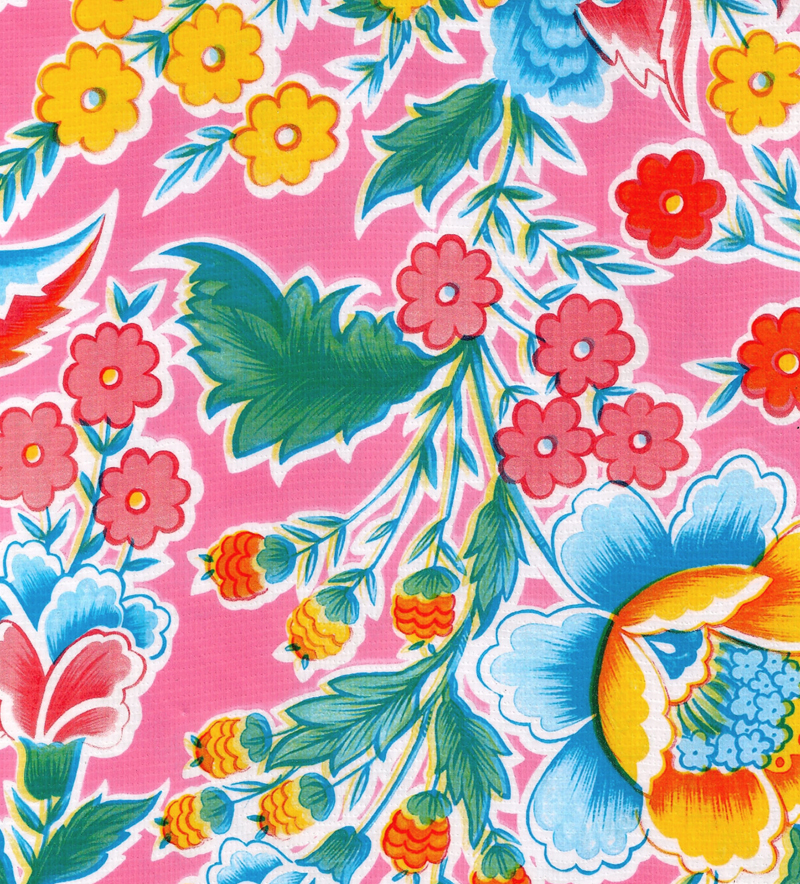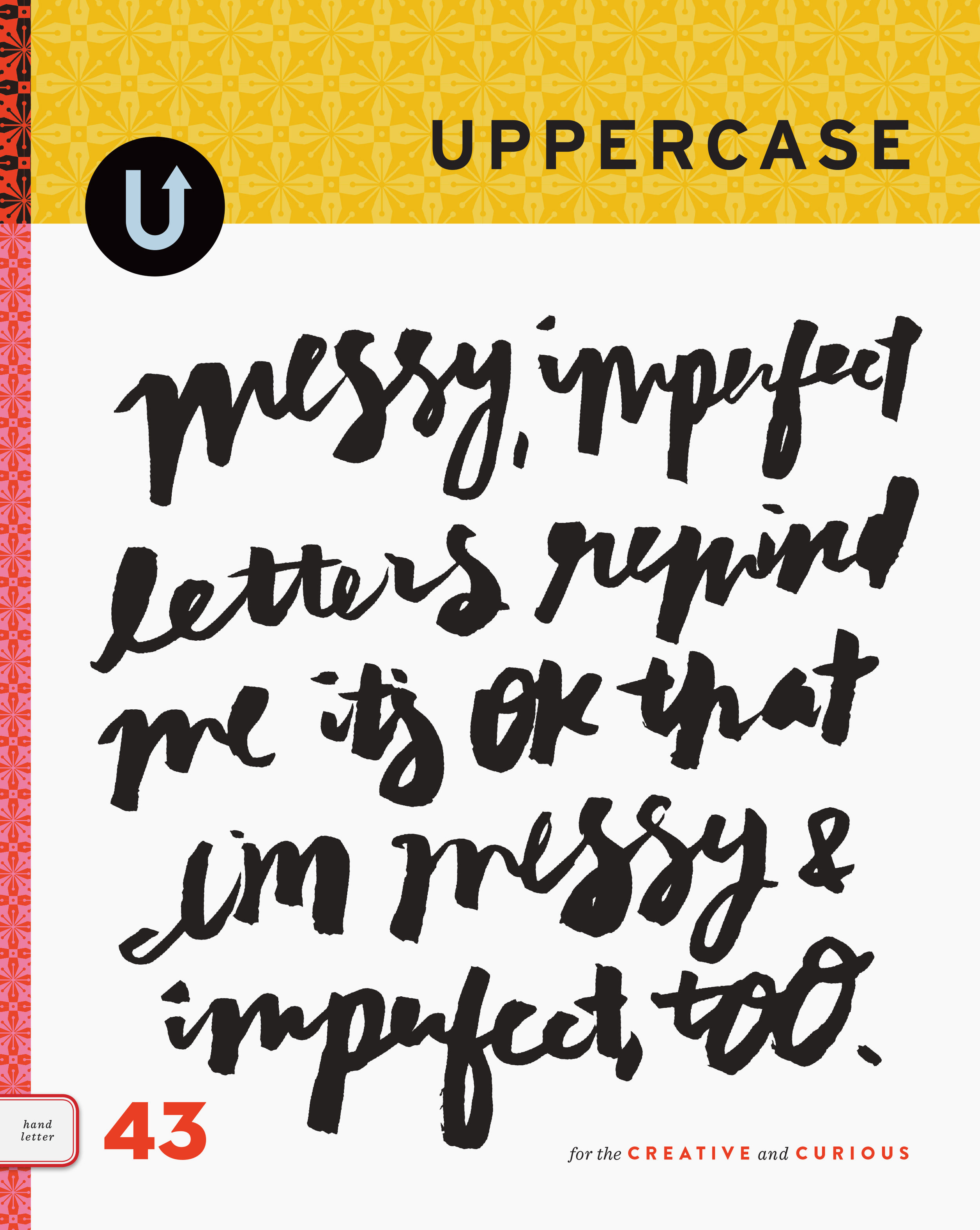"Not only does he build his world, he also destroys it," a Vimeo fan writes on Jerry's page. "What I found most fascinating about this was that my preconceived ideas of what he was doing changed every 30 seconds as I discovered just how deeply into his world he got." Jerry is into his world in a big way, with over 2400 completed map panels methodically categorized on metal shelves. The stacks represent almost a half-century of evolution in his virtual world.
Jerry, 69, begins each day in his Cold Spring, NY basement with some early morning map time. He and his wife, Meg Staley, are working on their next life chapter, having sold the clothing company they created together, Staley/Gretzinger, about seven years ago. They divide their time between New York and their 100-acre working farm in Maple City, Michigan, where Jerry tends to sheep, goats, chicken, and turkeys. "I don't feel deprived in the least without television when I'm at the farm," Jerry says as I clutch my chest in horror. "I get pretty unplugged when I'm out in Michigan. I'm in the garden a lot."
"When I first met Jerry he was living with my sister in an illegal loft in a former thread factory in SoHo," Jerry's sister-in-law, artist Lynn Staley recalls. "The venue itself was unconventional enough, but Jerry was in the process of papering the long hallway leading to the living space with bits of torn New Yorker magazines. Not the pretty covers, mind you, but the black and white text pages punctuated by an occasional cartoon. You'd be talking to him and he'd be papering, homemade paste pot in hand, as if it was the most normal thing in the world." I met Jerry through Lynn in the late 1980's, and was completely taken by his good humor and eccentricities. But I had no idea about the map until only this past summer. And now, even Oprah's a fan since it was recently featured on her website — the ultimate seal of approval.















